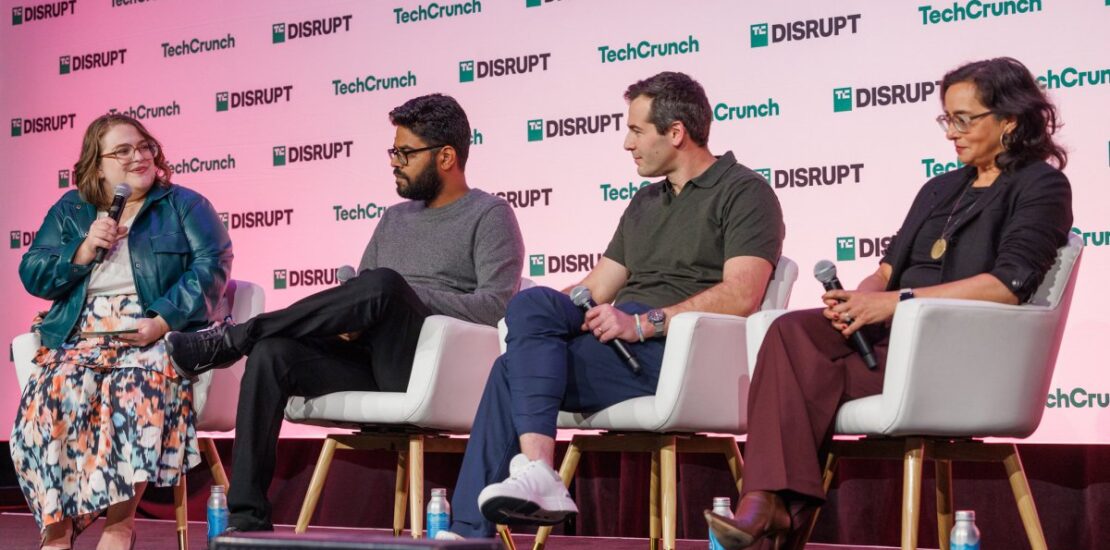As generative AI gets better, what will happen to artists?
- November 5, 2024
- Posted by: chuckb
- Category: TC Artificial Intelligence

Mikey Shulman, the CEO of Suno, a generative AI music company, recently shared his experiences while attending a songwriting class at the prestigious Berklee College of Music. This scenario highlighted the tensions between traditional artistic practices and the emerging landscape of AI-enhanced creativity. Speaking at TechCrunch Disrupt 2024, Shulman acknowledged the potential friction that could arise when introducing AI technology to artists who might see it as a threat to their craft.
Instead of adopting a defensive posture, Shulman opted to demonstrate the capabilities of Suno, inviting students to experiment with AI music creation. This approach, he believed, could reshape perceptions of AI from a disruptive force to an empowering tool for musicians. He conveyed the idea that when used in the right context, AI could augment the creative process rather than replace it. Shulman drew parallels between AI-generated tools and traditional music production instruments, like the drum machine or synthesizer, emphasizing their role in enhancing artistic expression rather than diminishing it.
This discussion around AI as a tool raises important questions about the nature of creativity and ownership in the digital age. While some artists express concern that AI models are trained using their works without consent — effectively commodifying their creativity and threatening their livelihoods — others argue that this technological advancement is a natural progression in music and arts. Shulman boldly challenged skeptics to consider how photography has evolved over time. He noted that despite the rise of smartphone photography, professional photographers maintain a distinct value due to their skills and taste, which technology cannot wholly replicate.
Amit Jain, CEO of Luma AI, echoed this sentiment, stating that innovation is not complete until it becomes widely accessible. In this context, the advent of digital photography has made capturing moments more democratic, but it hasn’t completely supplanted professional photography. This resonates with the broader debate about the role of AI in creative fields, where high-quality work still relies on human intuition and expertise.
Conversely, there’s a shift in how traditional music services are incorporating AI. Companies like Splice, known for their resources for musicians, are beginning to leverage AI to enhance their offerings. Kakul Srivastava, CEO of Splice, reiterated the company’s commitment to enriching artists’ capabilities through these technologies. However, the reception of AI in the entertainment sector remains polarized. The Hollywood writers’ strike exemplifies the push for protective measures against job losses attributed to AI, while in the music domain, challenges are arising over legal implications surrounding the use of copyrighted material in training AI models.
Despite these challenges, there is an optimistic viewpoint for the future of AI in music. Timbaland, a renowned artist, serves as a strategic advisor to Suno, which indicates a collaboration between traditional artists and AI technology. Srivastava suggested that while some job displacement may occur, the overall effect of AI tools could lead to an increase in the amount of art created, democratizing creativity and allowing a broader range of individuals to express their artistic visions.
In conclusion, as AI continues to evolve and integrate into the creative sectors, the conversations around its implications for artists, quality, and ownership will intensify. Shulman’s experience at Berklee reflects the struggles and opportunities artists and technologists face as they navigate an increasingly complex creative landscape. Ultimately, the balance between leveraging technology to enhance human creativity and preserving the value of traditional expertise will define the next chapter in the intersection of AI and the arts.
